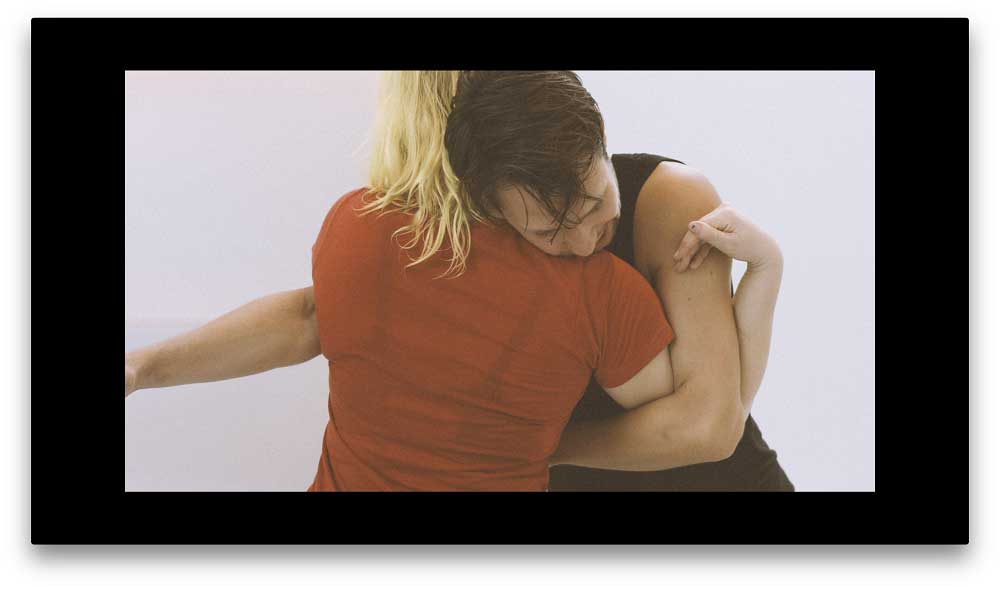On Collaboration
As the Producer of the Radar programme, it is my job to support artists and Loughborough University academics in developing collaborative artistic projects. The idea behind this is that many artists are deeply engaged in academic ideas, though they tend to approach exploring them in different ways to those employed by academics. Artists often conduct research as part of the process of developing a new body of work or exhibition, and through making new work they often contribute to the understanding of particular ideas. Artists use ‘traditional’ research tools such as books and archives, but they also conduct research through making or working with others – through doing as well as by reflecting.

Photo credit: Sam Williams
An example of this kind of collaboration is a current Radar project, Bodies of Knowledge. This project involves artists, academics and practitioners including wrestlers and dancers. As part of the project, PhD researcher Julia Giese* worked with artist Tara Fatehi Irani and Kathak dancer Kesha Raithatha on a series of workshops exploring migration, memory and movement. Julia said later of working with Kesha:
“I think it was really important because, coming from a very theoretical background, talking about the body it was always just theory and concepts and I think I needed to collaborate to get another perspective…working together with a dancer I got to know the body in a different way and it gave me the tools to understand my own research in a different way.”
Similarly, artist Tara Fatehi Irani remarked on collaborating with academic researchers:
“I got introduced to a lot of the history and cultural context, which I had not worked with before and how that can shape the things that I would [otherwise] do on my own, is really interesting.”

Photo credit: Sam Williams
Cultural commentators have commented on how collaboration has been important to how arts organisations have responded to the Lockdown. This has ranged from organisations getting together to share resources to artists collaborating on platforms for sharing and selling their work. Increased use of online platforms such as Zoom enable people geographically dispersed to access artistic programmes they wouldn’t otherwise be able to. Though collaboration in our more traditional ways might be difficult at the moment, these actions might reveal ways in which collaboration might take new and exciting forms in the future. Tara Fatehi Irani commented more broadly on how collaboration enriched her artistic practice:
“For me, collaboration is usually about making together to create something that couldn’t be done by the individual collaborators alone. So, if I was alone in a room, would I do the same thing that I would if I was in the room with the other collaborators?”
Collaboration enables new creative possibilities to emerge, bringing about results that, in the case of the Bodies of Knowledge project, neither academic nor artist could have realised alone. For us at Radar, it’s exciting to think that a new focus on collaboration could emerge from this period defined by social distance.
Laura Purseglove
Radar Producer, LU Arts
* Julia’s PhD is part of the Leverhulme funded Migrant Memory and the Postcolonial Imagination project which engages with the cultural memory of the Partition of India
The Limit
The Limit showcases the creativity that exists within the student population, creating a sense of community.